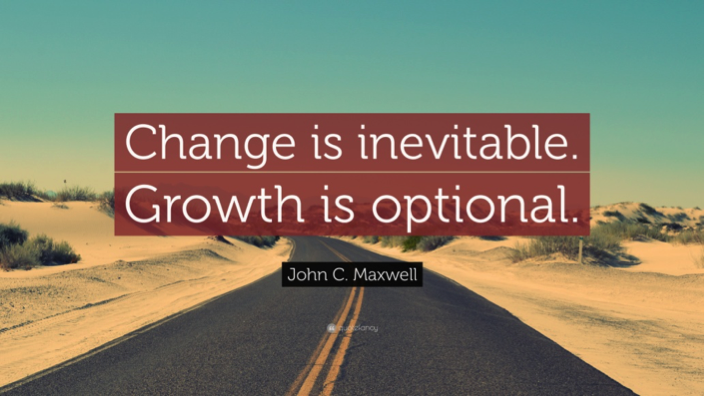There’s an old saying: Change is the only constant. If we applied this concept to business, what would it mean for your organization? And more importantly, do you have the resources and tools to stay afloat of the constant change in the supply chain industry?
Additionally, if change is the only constant, then it is critical that change leads to positive operational growth, especially in today’s hyper-competitive environment. After last week’s post on the benefits of investing in operational intelligence*, we know that analytics solutions afford actionable information in order to change and improve your operations. Although, many organizations may think that they are already using analytics solutions, when in fact they are actually using reporting solutions.
As a simple description, reporting solutions translate raw data into information. Reporting allows organizations to monitor metrics and be notified when metrics are falling short of expectations. Driven by what you ask for, reporting yields categorized and summarized information over a specific timeframe. Generally, reporting answers the questions that you ask, but those answers often lead to more questions, whereas analytics can help you answer the questions such as “why?” or “how come?”

Source: www.quotefancy.com
On the other hand, analytics transforms data in order to derive operational intelligence. Analytics identify naturally occurring areas of value that were previously unknown to provide new knowledge. With advanced, machine-learning, analytics reveal trends and patterns that become smarter and more accurate over time in order to provide insight into what’s possible for growing your operations.
Reporting informs on facts about your business, while analytics infers previously unknown facts and relationships.
| Reporting | Analytics |
|
|
All-in-all, analytics solutions provide actionable information to make efficient and profitable changes in your operations. If change is the only constant, then you should invest in solutions that implement positive operational growth.
*If you missed last week’s post, you can read it here to discover the benefits of investing in operational intelligence through analytics.
